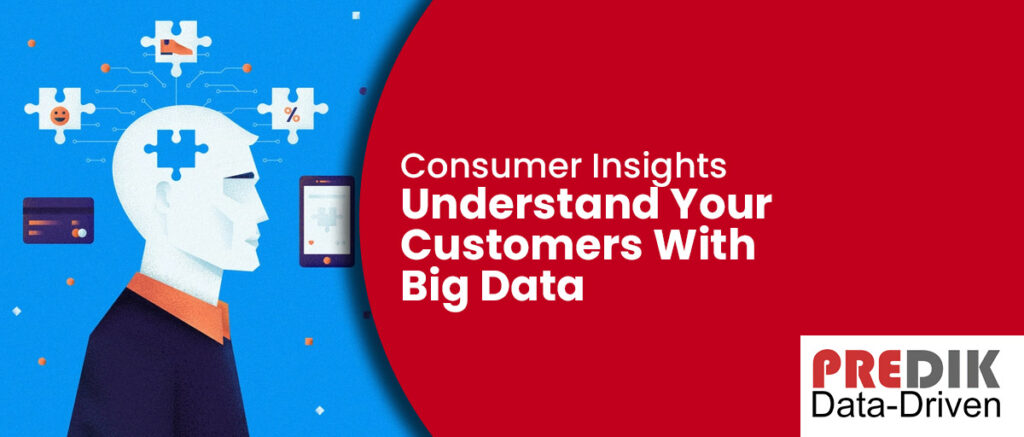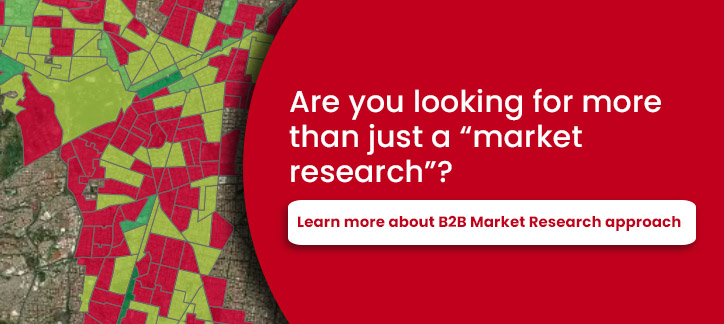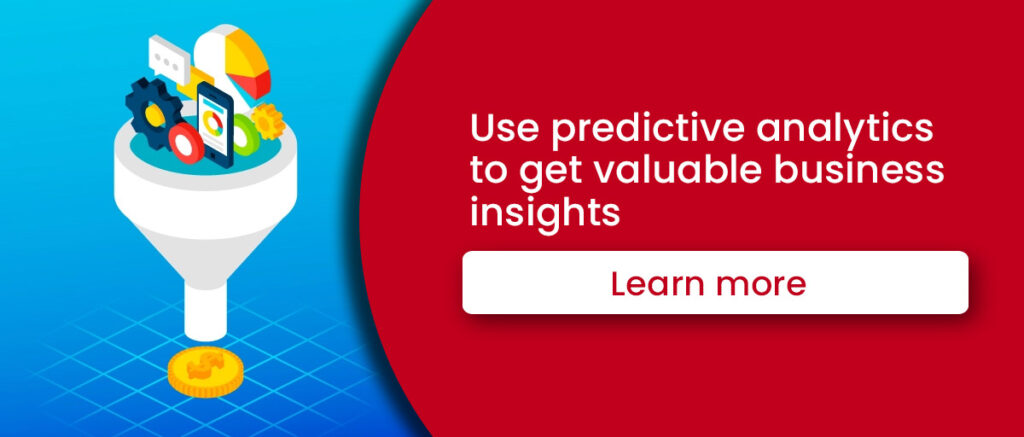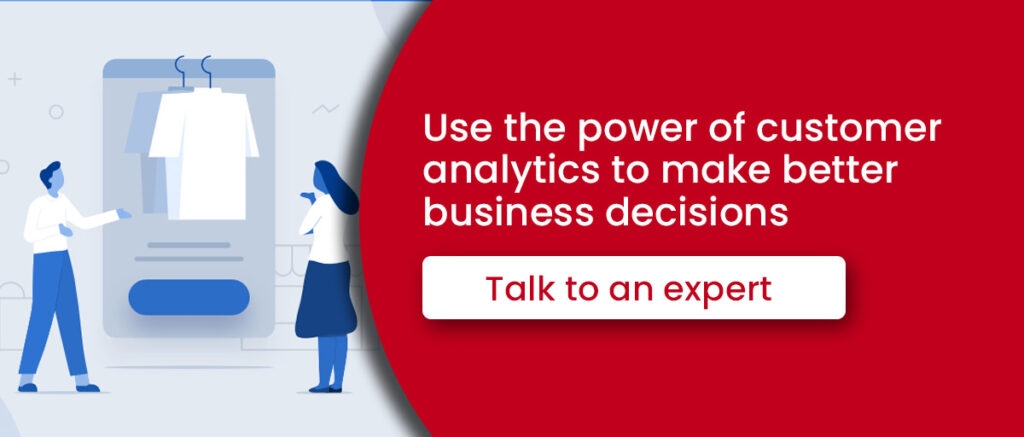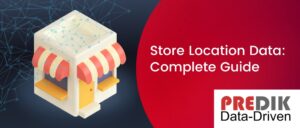There are two basic rules in marketing: 1) Put your customer first and 2) Give your customer what it wants. But it is not that simple, right? So many factors can determine a user’s buying decision that it is hard to get an in-depth and accurate picture of a buyer’s persona.
The good news? Consumers interact with different touchpoints of your company, from website visits to in-store mobility. Each touchpoint generates valuable data to understand rational and irrational user behavior.
“The competition between brands will be multi-dimensional. Brands have to keep up with the change of consumers, competition pattern as well as the evolution of digital ecosystem.”
Deloitte
In this article we will cover the following topics:
- What are consumer insights?
- Why are consumer insights so crucial for marketing teams?
- Are consumer insights and market research the same?
- The importance of Big Data for consumer insights
- Consumer insights as fuel for predictive analytics
- Use data-driven reliable consumer insights to take your company to the next level
What are consumer insights?
Consumer insights refer to analyzing user-generated data to understand why consumers make certain decisions.
Having a deeper understanding of customer behavior leads to identifying trends and patterns that can help companies improve the impact of sales, marketing, production, and service strategies.
“Businesses with quality data are more likely to collect actionable customer insights, which can help them grow their bottom line in the long run.”
Trustpilot
A clear idea about consumers’ thoughts and feelings gives any company a competitive advantage. Also, it can help decision-makers to answer key questions like:
- Why did sales decrease for a particular product line or a specific POS?
- Is a product likely to succeed in a new target market?
- Does the target audience well perceive the brand?
- How well will consumers receive a new product?
- How can consumers purchase more? How to upsell or cross-sell them?
- How to develop a better brand experience?
You may also like to read: Customer Data Analysis: How Customer Data Analysis Increases ROI
Why are consumer insights so crucial for marketing teams?
Understanding Competition: Consumer insights allow any marketing team to understand the relationship between their market and the competitors. This can help them identify unserved segments, understand your brand positioning and identify potential opportunities and threats.
We recommend you reading: Master Competitive Tracking: Tips & Tools To Beat Your Competitors
Improving Customer Experience: These insights provide marketing teams with the necessary information about consumers’ desires and needs at each customer journey stage.
For example, costumer behavior analytics insights can help your marketing team identify service improvements based on customer complaints.
Learn more: Customer Analytics: What Is It? How to Use It? What Are Its Benefits?
Personalizing Strategies: While mass marketing strategies still work, personalized marketing significantly affects consumer segments.
That is why personalization has become vital for many brands. Consumer insights provide you with all the necessary elements to tailor your buyer personas and determine the best way to communicate with different audience segments at a deeper level.
The result: Clearer messages and better strategies to attract and retain your users.
“Gaining knowledge about your customers’ needs, preferences, likes, and dislikes can assist you in meeting them where they are in their customer journey in a meaningful manner.”
Meltwater
Are consumer insights and market research the same?
Market research and consumer insights help understand a market and target customers, but they offer different perspectives.
Market research focuses on gathering information about the market and customers. It includes market needs, size, competitor analysis, and customer details. Market research is more about the “what.”
On the other hand, consumer insights go a step further. This approach uses data from market research and adds deeper understanding and recommendations.
It doesn’t just tell you what is happening but also explains why. It delivers the story behind consumer behavior. These insights then guide businesses into actions to grow, improve customer satisfaction or increase brand fidelity.
The importance of Big Data for consumer insights
Browse “How to get consumer insights?” on Google. Most results will recommend that you dig into sources like online reviews (Like Google, Facebook, and Yelp), reviews, website analytics, or surveys.
But is that data enough to truly understand their consumers? Quick (and obvious answer): No. Limited sources will generate information and context gaps, leading to incorrect conclusions and strategies.
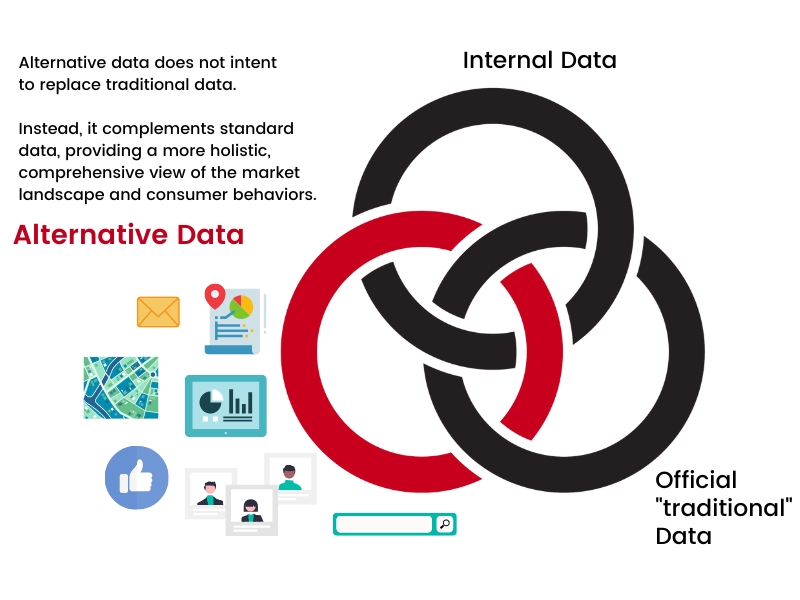
Currently, users generate massive amounts of data from many sources besides websites and social media. The problem? It is almost impossible for marketing and sales teams to access, analyze and understand so much information. This is where Big Data comes to the rescue.
Learn more: How to measure customer engagement with Big Data?
Companies can use Big Data analytics, Machine learning, and AI to enhance their internal data with external and alternative data.
For example, suppose you are planning to open a new store. A Big Data solution will use the internal data of your current POS, like transactions, sales, and visitor volumes. Then, it will include data like foot traffic, behavioral data, mobility patterns, competitor analysis, and POI data.
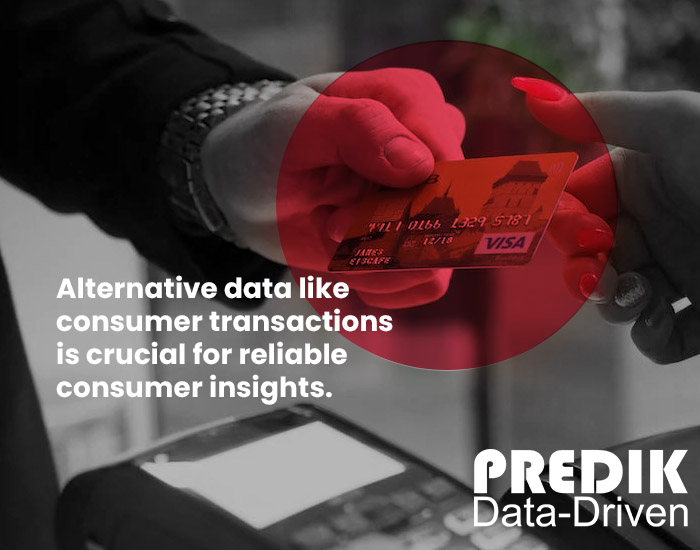
With this, you will better understand where and how your target consumer really needs and wants a new store location. You will also know what kind of products should be in your new store, their optimal placement, and even the employee staff you need.
Consumer insights as fuel for predictive analytics
Predictive Analytics Models help you estimate future outcomes based on data. For example, predictive models can help you understand if a new product will have the expected results if a sales strategy will get the desired ROI, or if a new expansion approach is suitable.
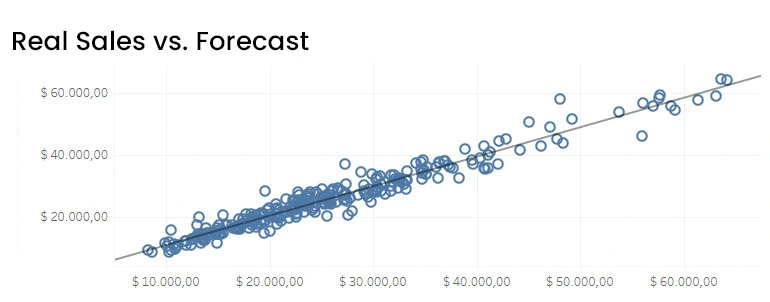
For this, predictive analytics needs robust and reliable consumer analytics to get accurate “predictions.”
Use data-driven reliable consumer insights to take your company to the next level
That is why, at PREDIK Data-Driven, we have developed a specialized methodology that combines different data sources to bring you a 360-degree vision of your market, consumers, and competitors so you can make strategic business decisions.

